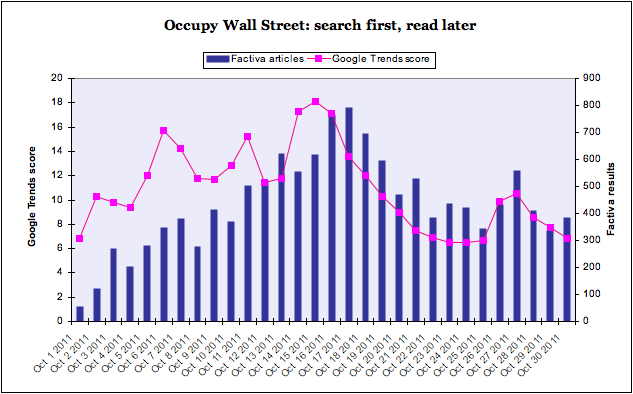I can’t help thinking about four recent falls from grace. In essence, two are about awards, the other two about pre-emptive punishment. In all cases, we could benefit from being less hasty. I’ll explain why.
Let’s start with pre-emptive punishment. John Terry was stripped of the England captaincy while pending an investigation over racist abuse. Chris Huhne quit the cabinet following charges over his wife taking speeding points for him.
In these cases, the alleged crimes are totally different, but the principle is the same. Should someone step down from high office (the cabinet, the captain of English football) before their case is heard? And in both instances, the MP and player can remain just that. Why not go further – if they are not acceptable to lead the team, should they even be in it? If Huhne is not fit for cabinet, should he represent his constituents in Parliament?
Yet it was over the Terry case, the more morally worrisome and noxious case, and over an individual with prior bad behaviour (violence, infidelity), that Fabio Capello, England manager resigned. Capello said it was unfair to pre-judge the case. And surely, he has a point? If Terry is innocent, will the FA give him back the captaincy? About as likely as Capello managing England again.
Terry may be an odious person, certainly. But this is all the more reason to not give him the captaincy in the first place.
Which brings me neatly to getting things right in the first place.
Fred Goodwin was stripped of his knighthood. Johann Hari was forced to give back his Orwell prize for journalism.
In both cases, it seems the witch-hunt was hugely enjoyable for the press and public alike. Goodwin is an unrepentant, apparently unpleasant banker. Hari is a delusional journalist, protected by the Independent who should have sacked him when his dishonesty came to light.
In both cases, their prizes inflated their egos and should not have been given. Neither man can be blamed for accepting. If you are a multi-millionaire banker dealmaker, or a fêted journalist, darling of the left, a gong is exactly what you think you should be getting.
And yes, in both cases, a few checks would have made all the difference. Did Hari’s article stand up to scrutiny? It fell over pretty fast, as soon as a light was shone on his sources. Why give knighthoods to sitting CEOs? Why not wait and see if their deals work out, or if they bring a bank (and the country) to its knees?
In all four cases, it pays to wait, check and not jump in. Should Huhne still be a minister? If Terry was a good choice for captain before (he wasn’t), he still would be now. Hari should not have been awarded the Orwell prize; Goodwin should never have got close to a knighthood in the first place.
A banker, a footballer, a politician, a journalist. Very different crimes or charges. These men are problematic, certainly, but our eagerness to award or judge makes the problem far worse.



